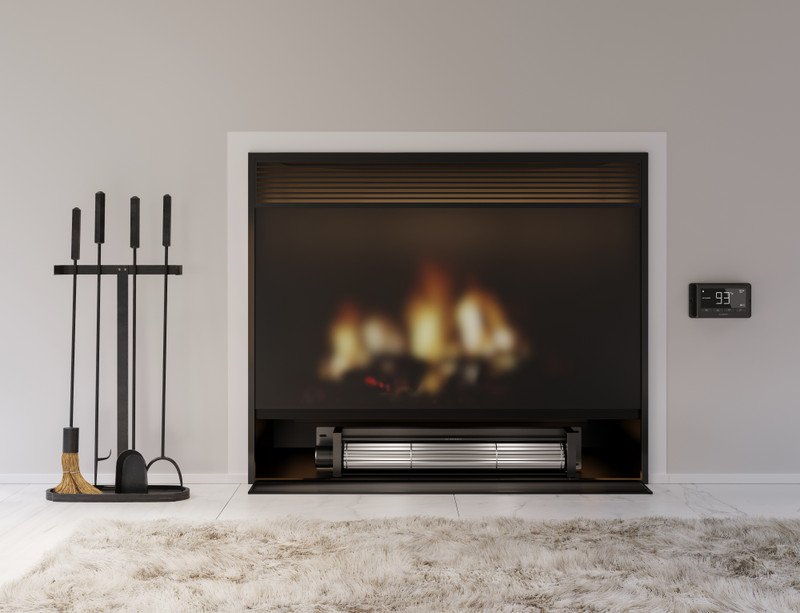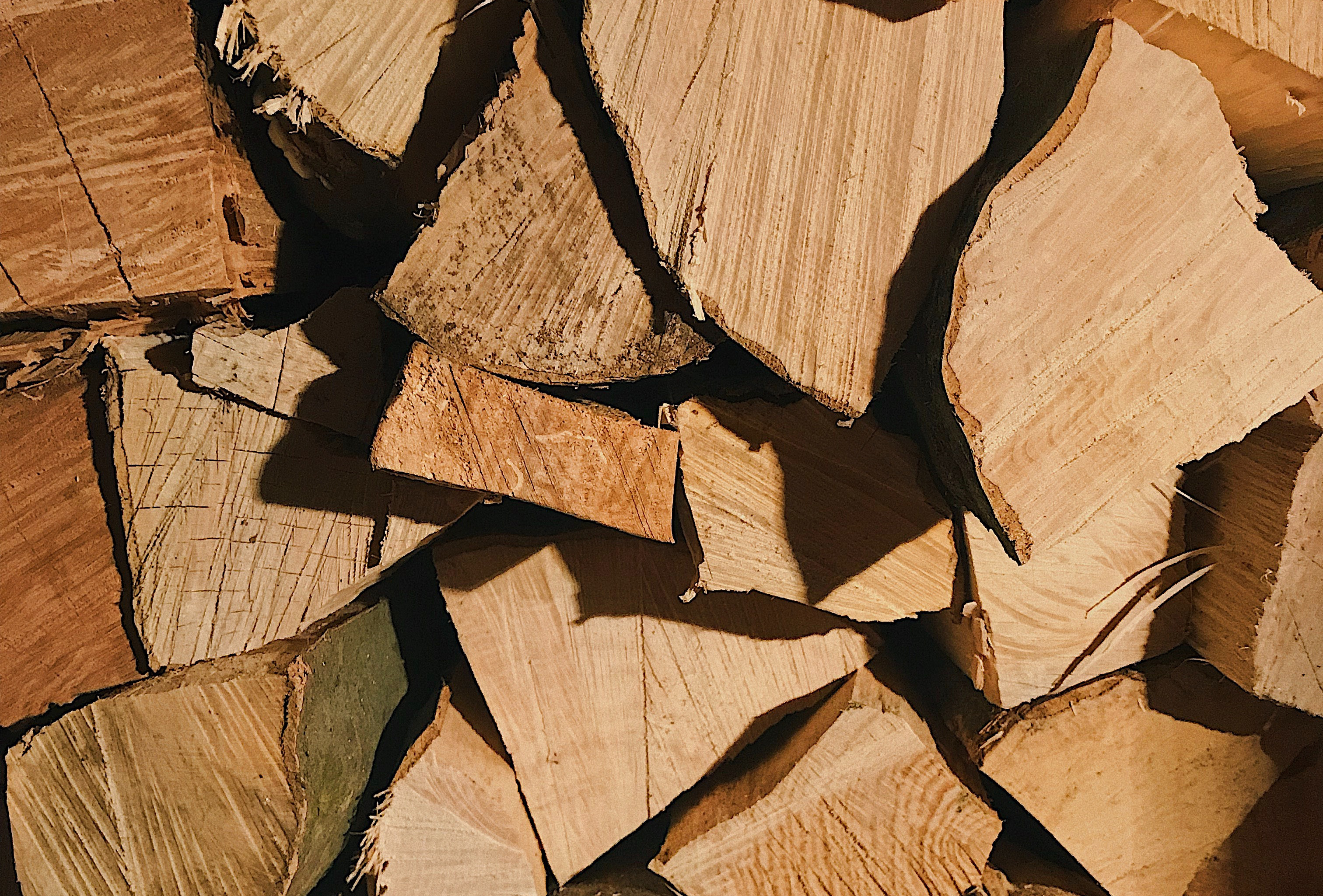How to Maintain Your Wood-Burning Fireplace

The cold has returned and it’s in full tow even here in SoCal! While you are double layering your jackets, you’re brewing some hot tea and starting your fireplace. You might even have an active blower with it for maximum heat output across your living room. With burning wood comes an assortment of deposits that you need to clean up. So what are ways you can keep a safe fireplace?
Remove the Ash
Regularly cleaning your fireplace will make it look more presentable and burn more efficiently. If left to collect in your fireplace, the residual ash can unnecessarily catch fire and become a hazard. Ash, along with other fine particle buildups, can also drift out from your fireplace, increasing your risk of inhaling airborne diseases.
When removing ash from your fireplace we recommend wearing a dust mask, so you don’t inhale it as you are cleaning. Wait about a day before removing freshly burned ash since hot embers can still burn after the fire has gone out. Use a flat shovel to scoop up the ash and dump it into a fire-resistant metal bucket. For utmost fire safety, place a lid over the metal bucket and wait 3 days before completely disposing of it.
Burn Seasoned Wood
When it comes to fueling the fire, any type of wood won’t do since there are different types with their own properties. For a hotter and longer burning fire, use hardwoods like live oak and hickory that are denser and have less sap and pitch. Using hardwoods have the added benefit of being easier to handle and causing less creosote buildup. Softwood like fir is a lower-cost alternative but doesn’t burn as efficiently; it doesn't produce enough heat but emits too much smoke.
No matter which type of wood you choose to burn, make sure it is seasoned wood. Any lumber that was cut down and dried for at least six months is considered seasoned wood. This is important because greener or damp wood is more difficult to burn and will produce more creosote. One way to check if your wood is seasoned is if you hear a sharp cracking sound when you hit it against another log. Another way you can tell your wood is seasoned is if the inside is dry and white.

Check for Creosote & Soot
Besides ash, you will need to clear out any soot and creosote, both of which can cause smoke and a fire outbreak in your chimney if left unchecked. Creosote is a dark, hard and crust-like substance that appears after incomplete burning of wood, a common result of burning poorly dried woods. Soot is a softer byproduct than creosote that can spread over a wide area with a simple blow of air. This makes it harder to clean and keep track of while easier to breathe in.
A fire can break out when there is a big enough buildup of either substance so be sure to clear them out while you are removing ash from your fireplace. Use a chimney brush as soon as you see any accumulation of creosote, and remove soot deposits when it gets larger than an eighth-inch depth.
Inspect the Chimney Cover
All chimneys should include a chimney cover or cap to keep debris, water, and animals from getting down the chimney. Birds may build nests inside chimneys that are seldom used which will prevent smoke from properly passing through. This increases the risk of a fire outbreak resulting from creosote build-up. Additionally, water can corrode the damper and deteriorate the inner mortar. Make sure to clean the chimney cap occasionally to clear any debris and make sure it’s keeping water out. You can use caulk to create a watertight seal around the flashing and patch any cracks.
Hire a Chimney Professional
For all maintenance tasks that you cannot easily do on your own, hire a professional that can take care of the rest. Other than the inspections listed above, there are many areas you may skip during your regular cleaning routine like your chimney’s midsection. A certified chimney technician will ensure that all the hard-to-reach places are in tip-top shape before winter comes.
